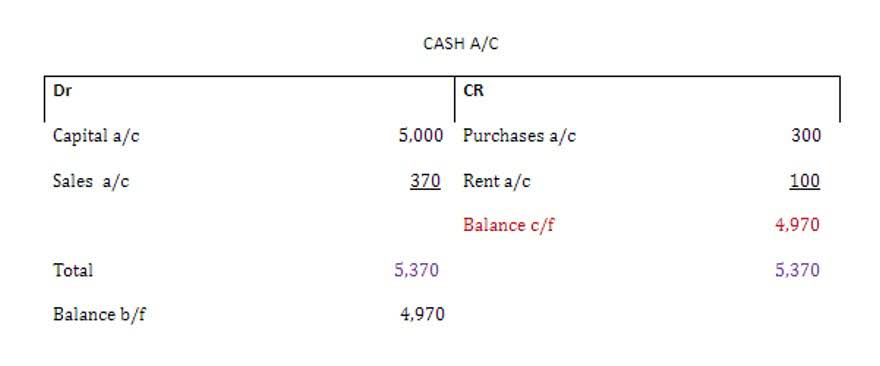
Learn about the differences between assets and revenue with examples of each and why both matter to investors. Only when there are big differences in changes in working capital will you see a divergence between FCF and owner earnings. Since the change in working capital is positive, you add it back to Free Cash Flow. Based on just change in working capital alone, Microsoft today is the better and more efficient business. Without showing you the numbers first, my initial guess is that because Microsoft is mainly a software business, their change in working capital should be positive. These two last sentences are also the key to calculating owner earnings properly which I get to further below.
- A decrease in NWC can boost free cash flow, freeing up cash for investments or debt reduction.
- You need to pay back such liabilities within a short time period, typically twelve months.
- An optimal amount of Net Working Capital brings liquidity to your business.
- Typically, small businesses have limited access to external financing sources.
- Operating Cycle is nothing but the time duration you need to convert sales into cash once your resources are converted into inventories.
- The Motley Fool reaches millions of people every month through our premium investing solutions, free guidance and market analysis on Fool.com, top-rated podcasts, and non-profit The Motley Fool Foundation.
Cash Forecasting
The current liabilities section typically includes accounts payable, accrued expenses and taxes, customer deposits, and other trade debt. You’ll need to tally up all your current assets to calculate net working capital. These items can be quickly converted into cash or used up within the next year. They typically change in net working capital equation include cash in the bank, raw materials and inventory ready for sale, short-term investments, and account receivables (the money customers owe you). For example, if you have $1.35 million in cash, $750,000 worth of products, $58,000 in short-term investments, and $560,000 in accounts receivable, your total current assets would be $2.158 million.
Other Services

For instance, operating activities impact assets and liabilities https://www.bookstime.com/ directly. Investment decisions also play a role as investments in new equipment or technology can alter the balance between current assets and liabilities. Finally, expenses such as payroll and rent contribute to monthly fluctuations. A change in net working capital refers to the difference between your current assets and liabilities over a certain time period. A positive change means you have more assets than liabilities, which can indicate good financial health. A negative change, however, can signal potential cash flow problems and might impact daily operations.

Operating Working Capital or Non Cash Working Capital
- It helps your creditors to know your liquidity position before supplying goods or services on credit to you .
- Ultimately, understanding changes in net working capital is essential for maintaining smooth operations and supporting long-term stability.
- One common financial ratio used to measure working capital is the current ratio, a metric designed to provide a measure of a company’s liquidity risk.
- Current assets are any assets that can be converted to cash in 12 months or less.
- The most common examples of operating current assets include accounts receivable (A/R), inventory, and prepaid expenses.
- You should be able to cover your short-term debts and expenses more easily.
Table 10.12 provides estimates of the change in non-cash workingcapital on this firm, assuming that current revenues are $1 billion and thatrevenues are expected to grow 10% a year for the next 5 years. If a transaction increases current assets and current liabilities by the same amount, there would be no change in working capital. To find the change in Net Working Capital (NWC) on a cash flow statement, subtract the NWC of the previous period from the NWC of the current period. This calculation helps assess a company’s short-term liquidity and operational efficiency.

Variance Analysis

Second, it can reduce the amount assets = liabilities + equity of carrying inventory by sending back unmarketable goods to suppliers. Third, the company can negotiate with vendors and suppliers for longer accounts payable payment terms. Each one of these steps will help improve the short-term liquidity of the company and positively impact the analysis of net working capital. NWC can paint a picture regarding the current financial capacity your business has.



